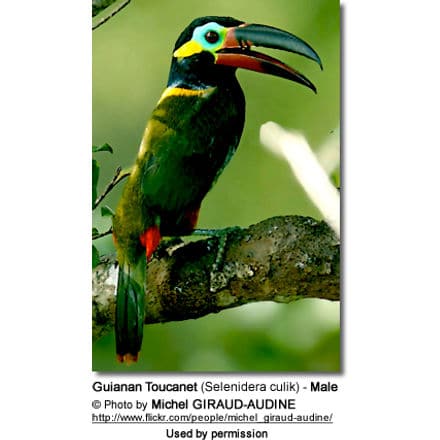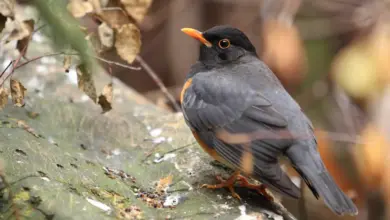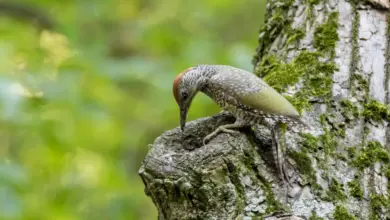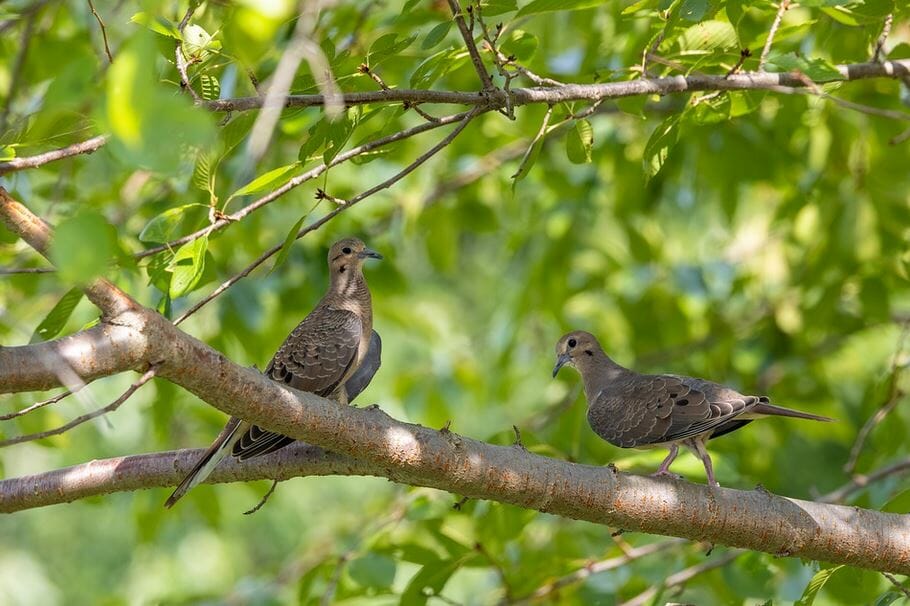Black-headed Canaries
The Black-headed Canaries (Serinus Alario, formerly Alario Alario) is a small African finch.
Description:
This canary measures about 12 to 14 cm in length (including the tail).
The male has a black head, throat, and upper chest with the black markings extending down their sides creating an Inverted V shape on the abdomen. The rich brown tail and wings have black edges. The belly is a white fawn color.
The female has a grey head and a duller brown colored tail and wings. She is generally smaller than the male by about 1 – 2 cm.

Distribution:
Following the rain patterns, they move after rainfall from east South Africa to the west in their search for fresh germinated seed and flowering plants.
They also migrate to Namibia along the west coasts up to Etosha National Park. Within their distribution area, they are found in all types of landscapes.
Breeding:
In the wild, breeding usually starts with the rainy season (July), when plenty of food is available to raise their young with.
In captivity, they start to breed in springtime, which may vary according to different zones. In Israel, for example, wild-caught Black-headed Canaries are reported to breed in early and late winter, as well as in spring.
These canaries require great attention from their keepers to successfully reproduce.
Breeding in Aviculture:
- Captive bred stock
- Wild caught stock
Captive bred:
Captive-bred Black-headed Canaries are generally easier to breed and work with than wild-caught birds. They are usually more relaxed in cages and are willing to breed in smaller cages with a minimum length of 60 cm to 1.20 meters (or larger) that could potentially be divided into 2 X 60 cm sections.
During the breeding season, they require small cup-shaped nests (the smaller the better) and some cover in the nest area.
Wild caught:
Wild-caught Black-headed Canaries present more challenges and need larger cages or planted aviaries to be happy and productive. Even then, not all breeders are successful. The males are usually ready to breed, but the females are not. If they are housed with other birds, they will often destroy their nests and break the eggs. If housed alone, their chances of successfully raising young is about 50/50.
Birds kept in small cages (even up to 1.20 meters in length) often suffer from obesity. It’s recommended to keep them in cages that measure 1.60+ meters in length and have a height of 80+ cm.
In large planted aviaries, they build small cup-shaped nests like in the wild – placed in bushes or trees from coconut fibers, jute, dry grass, cotton, and Feathers.
The average clutch consists of 3 to 4 eggs, which are incubated for about 13 days.
The young will look like the female until they molt into adult plumage.
Foods
In the wild, they eat seeds picked up from the ground as well as grass heads.
In captivity, they should be offered a high-quality diet that consists of 45% canary food, 45% finch food, and 10% fresh wild seed mix. Fresh green leaves should be given at least twice a week, such as lettuce, dandelion leaves, and more.
For captured birds, each bird keeper should balance the mixture and check the birds every week for obesity and adjust their diet accordingly by adding pure canary seed or Red millet to the mixture if the birds are showing signs of obesity.
In the breeding season, I offer them some live food such as mini mealworms (live or dried) and buffalo worms (live or frozen). Fresh green leaves every day, if possible, and spray millet.
Call / Vocalization:
Their soft songs consist of a pleasing combination of whistles. Some say their songs are better than those of European goldfinches – which are well known for the quality of their songs.






